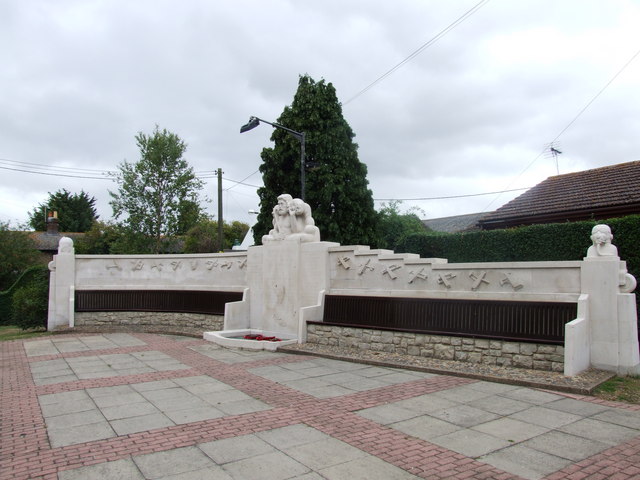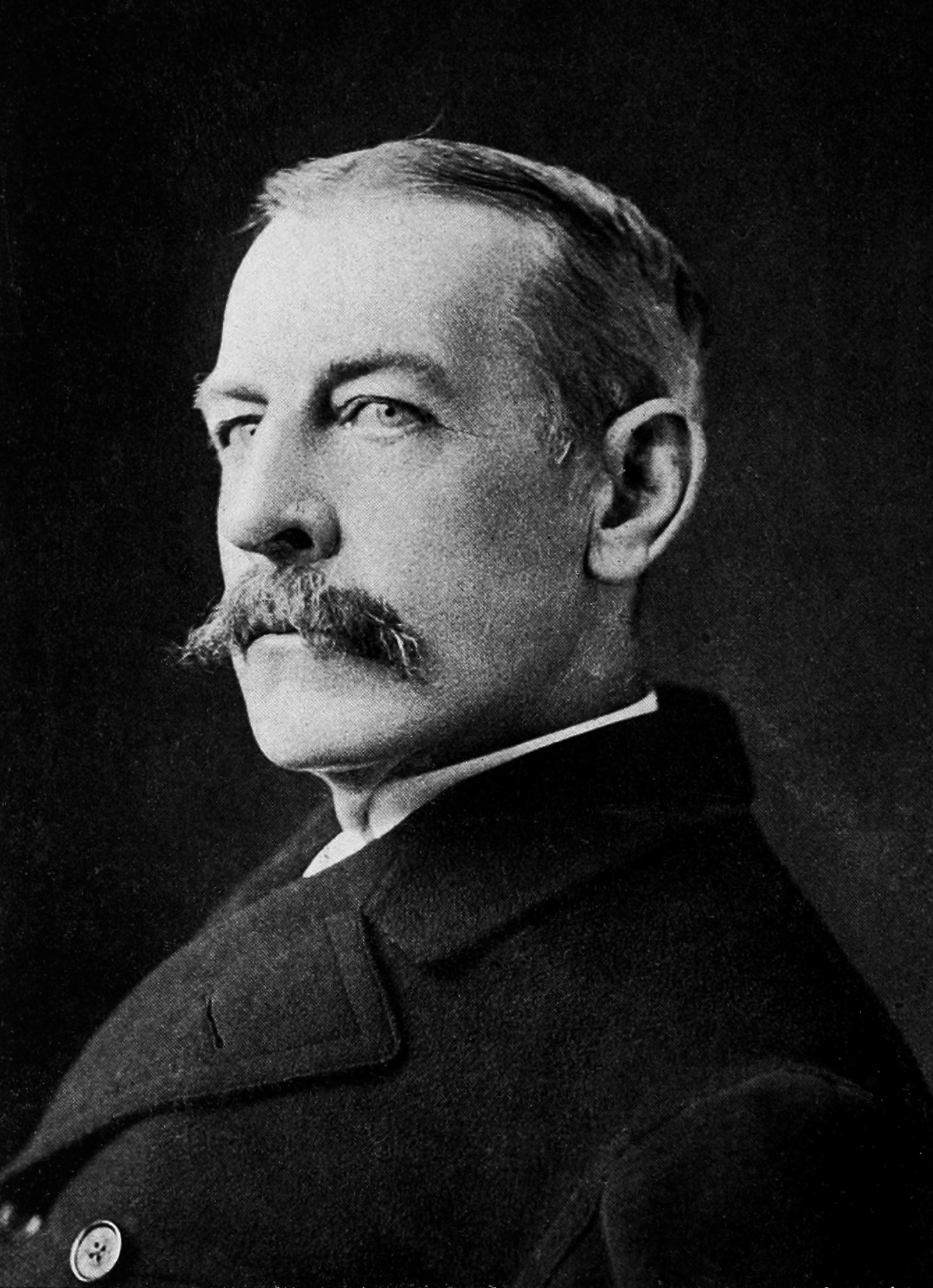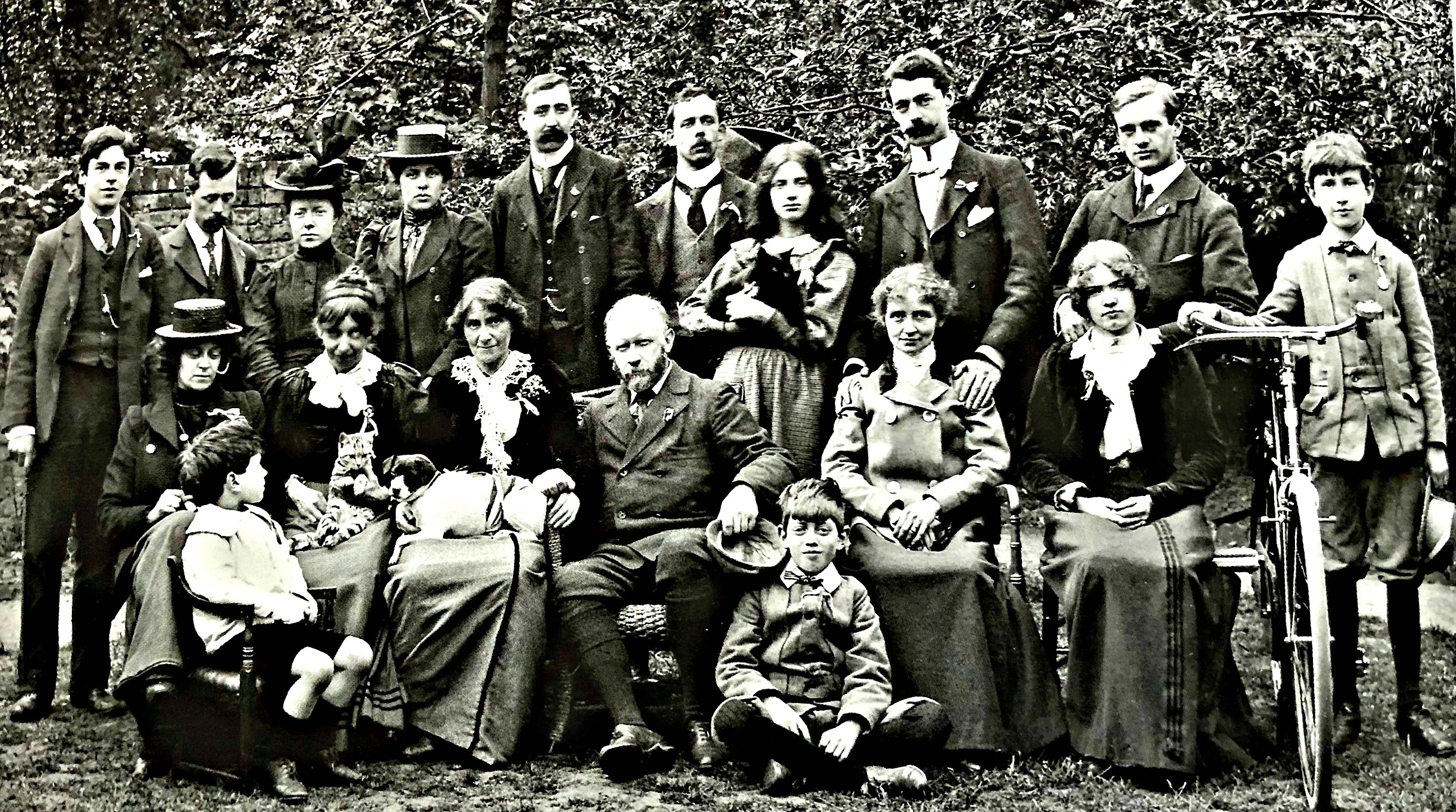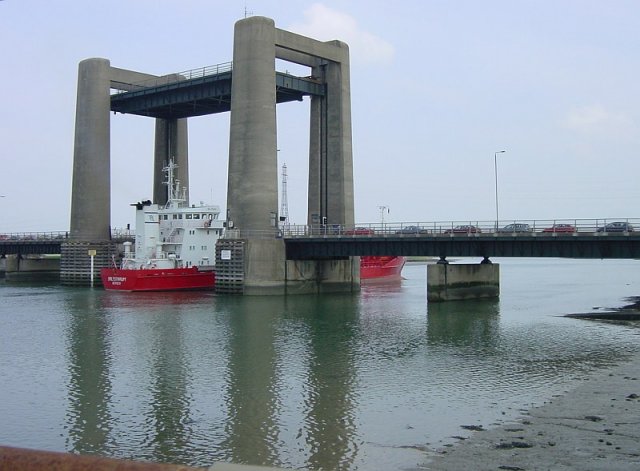|
Eastchurch
Eastchurch is a village and civil parish on the Isle of Sheppey, in the English county of Kent, two miles east of Minster. The village website claims the area has "a history steeped in stories of piracy and smugglers". Aviation history Eastchurch is styled the "home of British aviation" as Eastchurch airfield saw the first controlled flight by a British pilot on British soil. The Eastchurch airfield played a significant role in the history of British aviation from 1909 when Frank McClean acquired Stonepits Farm, on the marshes across from Leysdown, converting the land into an airfield for members of the Aero Club of Great Britain. The Short Brothers, Horace, Eustace and Oswald, built aircraft at Battersea to be tested at the site; later Moore-Brabazon, A. K. Huntington, Charles S. Rolls and Cecil Grace all visited and used the flying club's services. Wilbur Wright and his brother Orville came to the Isle of Sheppey to visit the new flying grounds of the Aero Club. In 190 ... [...More Info...] [...Related Items...] OR: [Wikipedia] [Google] [Baidu] |
RAF Eastchurch
Royal Air Force Eastchurch or more simply RAF Eastchurch (formerly RNAS Eastchurch) is a former Royal Air Force station near Eastchurch village, on the Isle of Sheppey, Kent, England. The history of aviation at Eastchurch stretches back to the first decade of the 20th century when it was used as an airfield by members of the Royal Aero Club. The area saw the first flight by a British pilot in Britain. In 1910 it was operated by the Royal Navy as a training aerodrome and it was known as the Naval Flying School, Eastchurch. In the 1910s the airfield was designated Royal Naval Air Station Eastchurch. With the amalgamation of the Royal Naval Air Service and the Royal Flying Corps on 1 April 1918, the station was transferred to the newly formed Royal Air Force and was re-designated Royal Air Force Eastchurch. Early civilian aviation The members of the Aero Club of Great Britain established their first flying ground near Leysdown on the Isle of Sheppey in 1909. One of the Club's me ... [...More Info...] [...Related Items...] OR: [Wikipedia] [Google] [Baidu] |
Eastchurch Airfield
Royal Air Force Eastchurch or more simply RAF Eastchurch (formerly RNAS Eastchurch) is a former Royal Air Force station near Eastchurch village, on the Isle of Sheppey, Kent, England. The history of aviation at Eastchurch stretches back to the first decade of the 20th century when it was used as an airfield by members of the Royal Aero Club. The area saw the first flight by a British pilot in Britain. In 1910 it was operated by the Royal Navy as a training aerodrome and it was known as the Naval Flying School, Eastchurch. In the 1910s the airfield was designated Royal Naval Air Station Eastchurch. With the amalgamation of the Royal Naval Air Service and the Royal Flying Corps on 1 April 1918, the station was transferred to the newly formed Royal Air Force and was re-designated Royal Air Force Eastchurch. Early civilian aviation The members of the Aero Club of Great Britain established their first flying ground near Leysdown on the Isle of Sheppey in 1909. One of the Club's m ... [...More Info...] [...Related Items...] OR: [Wikipedia] [Google] [Baidu] |
Eastchurch Sculpture
Eastchurch is a village and civil parish on the Isle of Sheppey, in the English county of Kent, two miles east of Minster. The village website claims the area has "a history steeped in stories of piracy and smugglers". Aviation history Eastchurch is styled the "home of British aviation" as Eastchurch airfield saw the first controlled flight by a British pilot on British soil. The Eastchurch airfield played a significant role in the history of British aviation from 1909 when Frank McClean acquired Stonepits Farm, on the marshes across from Leysdown, converting the land into an airfield for members of the Aero Club of Great Britain. The Short Brothers, Horace, Eustace and Oswald, built aircraft at Battersea to be tested at the site; later Moore-Brabazon, A. K. Huntington, Charles S. Rolls and Cecil Grace all visited and used the flying club's services. Wilbur Wright and his brother Orville came to the Isle of Sheppey to visit the new flying grounds of the Aero Club. In 19 ... [...More Info...] [...Related Items...] OR: [Wikipedia] [Google] [Baidu] |
Memorial To The Home Of Aviation
The Memorial to the Home of Aviation is a stone memorial sculpture at Eastchurch, on the Isle of Sheppey in the English county of Kent. The Grade II* listed memorial, unveiled in 1955, commemorates the early aviation flights from Leysdown and Eastchurch by members of the club that became the Royal Aero Club of Great Britain in 1910, and the air base established by the Royal Navy near Eastchurch in 1911. Background The Aero Club established a flying ground at Leysdown in 1909, with its clubhouse at Mussel Manor, near sheds where the Short Brothers assembled licensed versions of the Wright Flyer. The Short Brothers factory moved to a better site at Standford Hill, south of Eastchurch, in 1910, where its Grade II listed sheds survive. The Aero Club moved to Stonepitts Farm near Eastchurch, and the Admiralty established a Royal Navy flying school at the Eastchurch flying ground in 1911, which became the headquarters of the Naval Wing of the newly-established Royal Flying Corps i ... [...More Info...] [...Related Items...] OR: [Wikipedia] [Google] [Baidu] |
Isle Of Sheppey
The Isle of Sheppey is an island off the northern coast of Kent, England, neighbouring the Thames Estuary, centred from central London. It has an area of . The island forms part of the local government district of Swale. ''Sheppey'' is derived from Old English ''Sceapig'', meaning "Sheep Island". Today's island was historically known as the "Isles of Sheppey" which were Sheppey itself, the Isle of Harty to the south east and the Isle of Elmley to the south west. Over time the channels between the islands have silted up to make one contiguous island. Sheppey, like much of north Kent, is largely formed from London Clay and is a plentiful source of fossils. The Mount near Minster rises to above sea level and is the highest point on the island. The rest of Sheppey is low-lying and the southern part of the island is marshy land criss-crossed by inlets and drains, largely used for grazing. The economy is driven by a dockyard and port, the presence of three prisons, and various c ... [...More Info...] [...Related Items...] OR: [Wikipedia] [Google] [Baidu] |
Cecil Grace
Cecil Stanley Grace (1880 – 22 December 1910) was a pioneer aviator who went missing on a flight across the English Channel in 1910. Family Grace was born in Chile, the son of John William Grace of New York. His uncle was W. R. Grace, a former mayor of New York City and founder of W. R. Grace and Company. Grace was naturalised as a British citizen in October 1910. Eastchurch In 1909 members of the Aero Club of Great Britain established a flying ground at Eastchurch on the Isle of Sheppey. Grace was one of this early group of pioneering aviators, and in April 1910 he was awarded only the fourth Royal Aero Club Aviator's Certificate. Prior to his death, Grace had arranged to give free flying lessons to prospective pilots nominated by the Royal Navy. The lessons were subsequently given by another aviator, George Cockburn. Final flight In 1910, a number of early aviators were competing for the Baron de Forest Prize of £4,000 for the longest flight from England into c ... [...More Info...] [...Related Items...] OR: [Wikipedia] [Google] [Baidu] |
Short Brothers
Short Brothers plc, usually referred to as Shorts or Short, is an aerospace company based in Belfast, Northern Ireland. Shorts was founded in 1908 in London, and was the first company in the world to make production aeroplanes. It was particularly notable for its flying boat designs manufactured into the 1950s. In 1943, Shorts was nationalised and later denationalised, and in 1948 moved from its main base at Rochester, Kent to Belfast. In the 1960s, Shorts mainly produced turboprop airliners, major components for aerospace primary manufacturers, and missiles for the British Armed Forces. Shorts was primarily government-owned until being bought by Bombardier in 1989, and is today the largest manufacturing concern in Northern Ireland. In November 2020, Bombardier sold its Belfast operations to Spirit AeroSystems. The company's products include aircraft components, engine nacelles and aircraft flight control systems for its parent company Bombardier Aerospace, and for Boeing ... [...More Info...] [...Related Items...] OR: [Wikipedia] [Google] [Baidu] |
Gordon Bennett Trophy (aeroplanes)
The Gordon Bennett Aviation Trophy is an international airplane racing trophy that was awarded by James Gordon Bennett Jr., the American owner and publisher of the ''New York Herald'' newspaper. The trophy is one of three Gordon Bennett awards: Bennett was also the sponsor of an Gordon Bennett Cup (auto racing), automobile race and a Gordon Bennett Cup (ballooning), ballooning competition. The terms of the trophy competition were the same as those of the Schneider Trophy: each race was hosted by the nation which had won the preceding race, and the trophy would be won outright by the nation whose team won the race three times in succession. Accordingly, after Joseph Sadi-Lecointe's victory in 1920 the Trophy became the permanent possession of the Aéro-Club de France. History Following the success of the Gordon Bennett balloon competition, which had become the most important competition for the sport, Gordon Bennett announced a competition for powered aircraft in December 1908, co ... [...More Info...] [...Related Items...] OR: [Wikipedia] [Google] [Baidu] |
Karl Parsons
Karl Bergemann Parsons (23 January 1884 – 30 September 1934) was a British stained glass artist associated with the Arts and Crafts movement. Early life, 1884 – 1898 Parsons was born in Peckham in south London on 23 January 1884, the 12th and youngest child of Arthur William Parsons (1838–1901), a foreign language translator, and Emma Matilda Parsons, née Bergemann (1837–1914). He was christened with the names Charles Bergemann, though the family always called him Karl, the name he was to use in later life. From 1893 to 1898 he attended Haberdashers' Aske's Hatcham Boys School at New Cross in south London. Introduction to Whall, 1898 – outbreak of war One of Parsons’ older sisters was the artist Beatrice Emma Parsons (1869–1955). Beatrice worked for a while in Christopher Whall’s studio and when Parsons left school, Beatrice persuaded Whall to take him on as an apprentice. Whall it seems saw promise in Parsons' sketches. Apart from starting with Whall ... [...More Info...] [...Related Items...] OR: [Wikipedia] [Google] [Baidu] |
Battle Of Britain
The Battle of Britain, also known as the Air Battle for England (german: die Luftschlacht um England), was a military campaign of the Second World War, in which the Royal Air Force (RAF) and the Fleet Air Arm (FAA) of the Royal Navy defended the United Kingdom (UK) against large-scale attacks by Nazi Germany's air force, the Luftwaffe. It was the first major military campaign fought entirely by air forces."92 Squadron – Geoffrey Wellum." ''Battle of Britain Memorial Flight'' via ''raf.mod.uk.''. Retrieved: 17 November 2010, archived 2 March 2009. The British officially recognise the battle's duration as being from 10 July until 31 October 1940, which overlaps the period of large-scale night attacks known as |
Borough Of Swale
Swale is a local government district with borough status in Kent, England and is bounded by Medway to the west, Canterbury to the east, Ashford to the south and Maidstone to the south west. Its council is based in Sittingbourne. The district is named after the narrow channel called The Swale, that separates the mainland of Kent from the Isle of Sheppey, and which occupies the central part of the district. The district was formed in 1974 under the Local Government Act 1972, from the Borough of Faversham; the Borough of Queenborough-in-Sheppey, which covered the whole of Sheppey; the Sittingbourne and Milton Urban District; and Swale Rural District. Most of the southern half of the Borough lies within the Kent Downs Area of Outstanding Natural Beauty, whilst Sittingbourne and the Isle of Sheppey forms the concluding part of the Thames Gateway growth area. There are four towns in the borough: Sittingbourne and Faversham on the mainland, and Sheerness and Queenborough on S ... [...More Info...] [...Related Items...] OR: [Wikipedia] [Google] [Baidu] |
Aero Club Of Great Britain
The Royal Aero Club (RAeC) is the national co-ordinating body for air sport in the United Kingdom. It was founded in 1901 as the Aero Club of Great Britain, being granted the title of the "Royal Aero Club" in 1910. History The Aero Club was founded in 1901 by Frank Hedges Butler, his daughter Vera and the Hon Charles Rolls (one of the founders of Rolls-Royce), partly inspired by the Aero Club of France. It was initially concerned more with ballooning but after the demonstrations of heavier-than air flight made by the Wright Brothers in France in 1908, it embraced the aeroplane. The original club constitution declared that it was dedicated to 'the encouragement of aero auto-mobilism and ballooning as a sport.' As founded, it was primarily a London gentlemen's club, but gradually moved on to a more regulatory role. It had a clubhouse at 119 Piccadilly, which it retained until 1961.Anthony Lejeune, ''The Gentlemen's Clubs of London'' (London, 1978) p.178 The club was granted ... [...More Info...] [...Related Items...] OR: [Wikipedia] [Google] [Baidu] |
.jpg)








_United_Kingdom_Car_Badge.jpg)